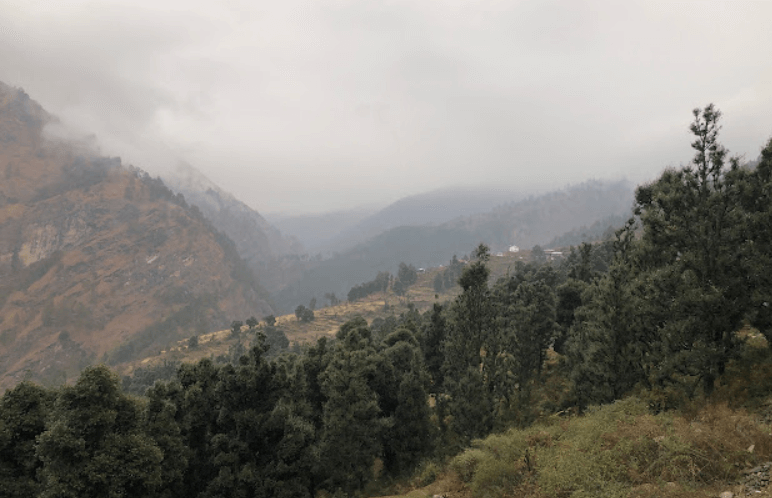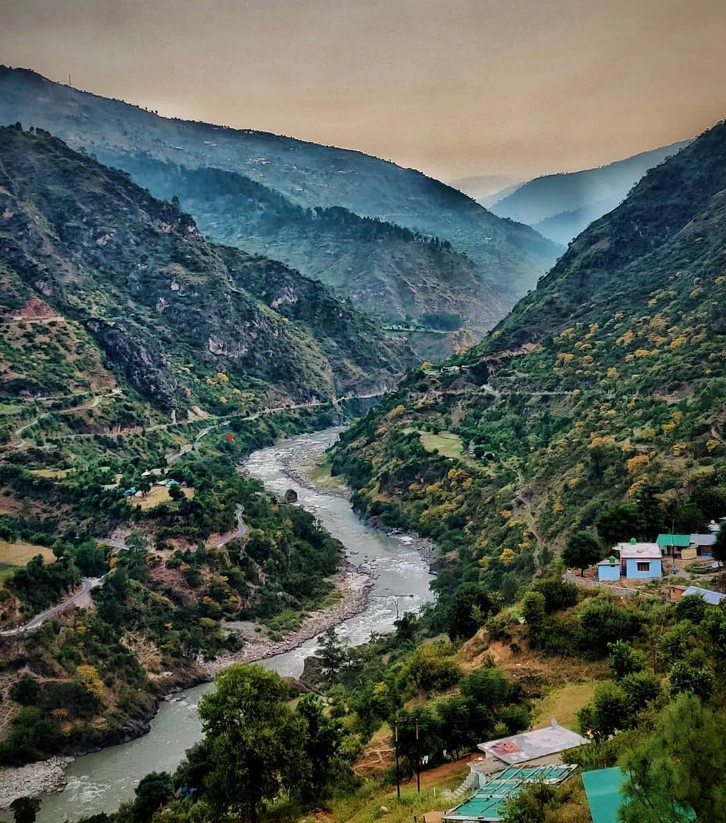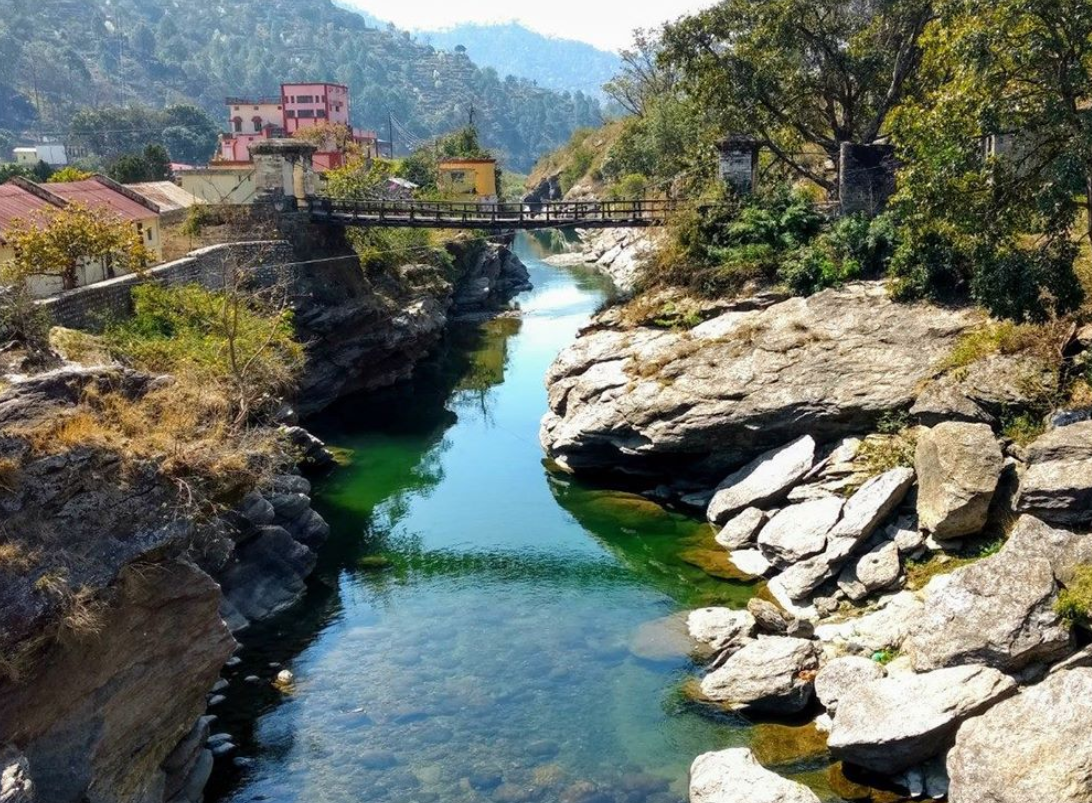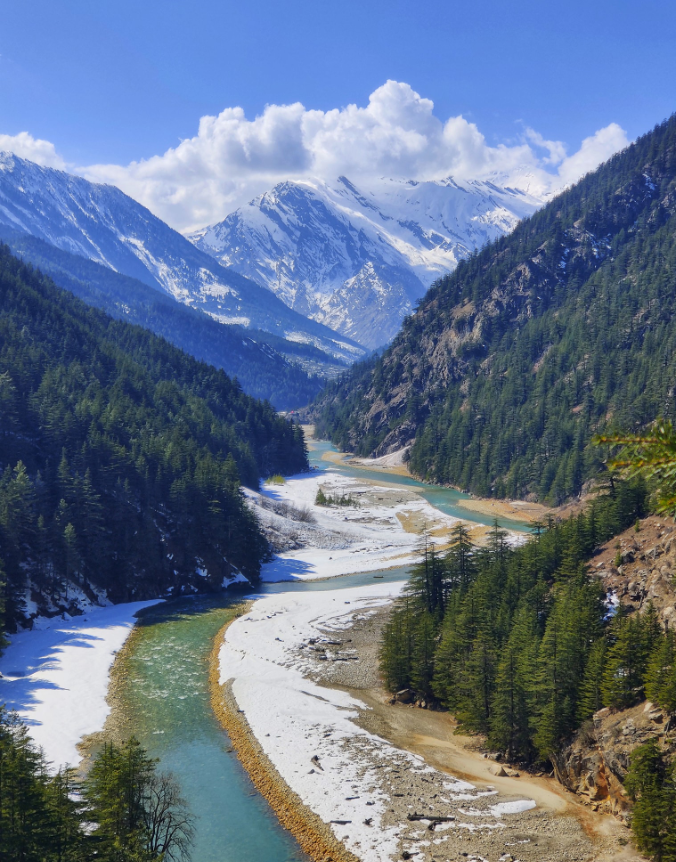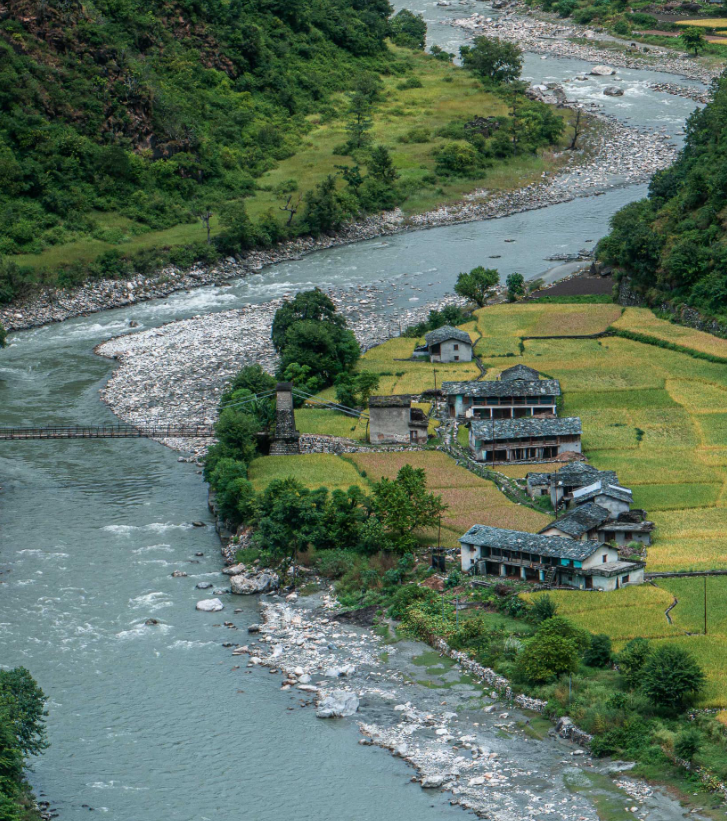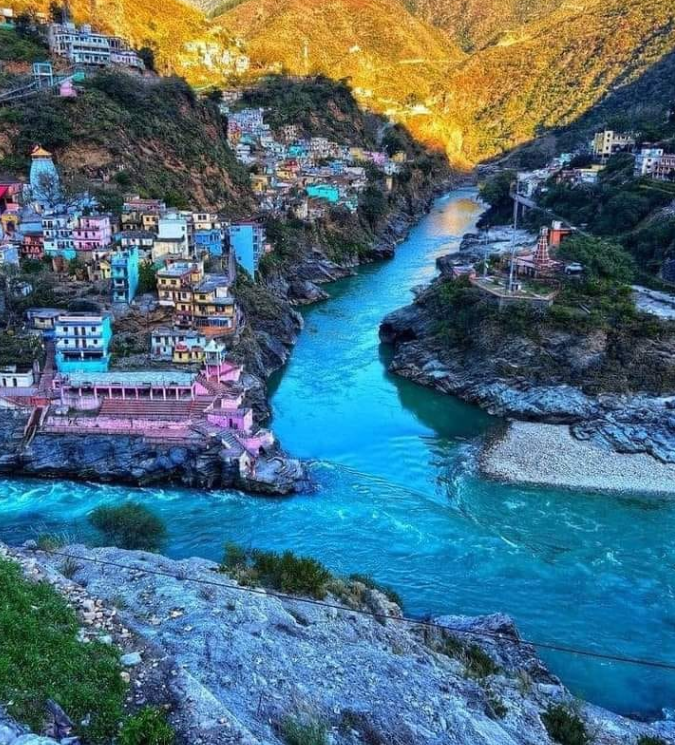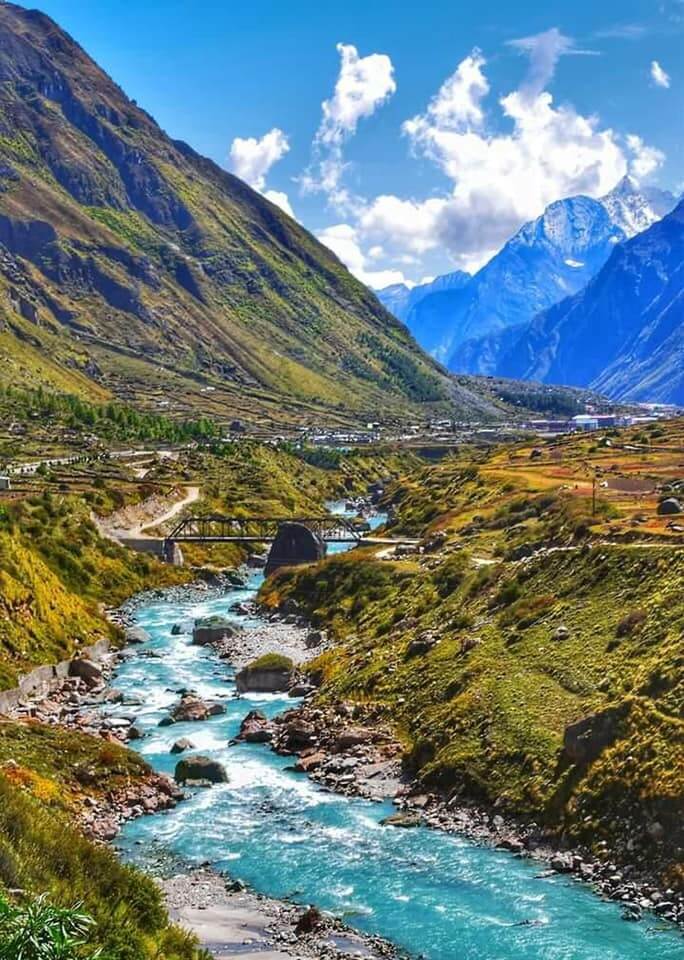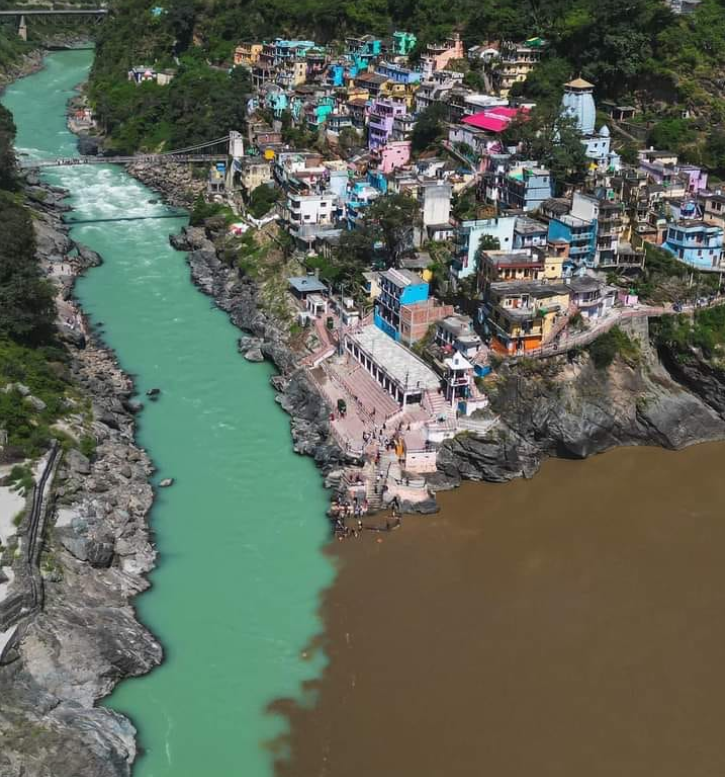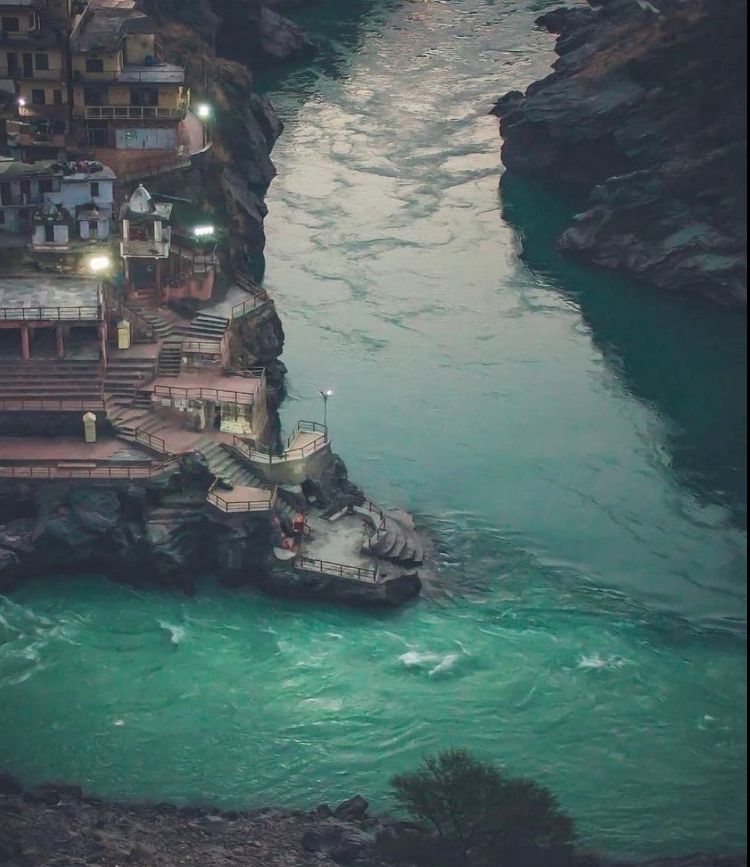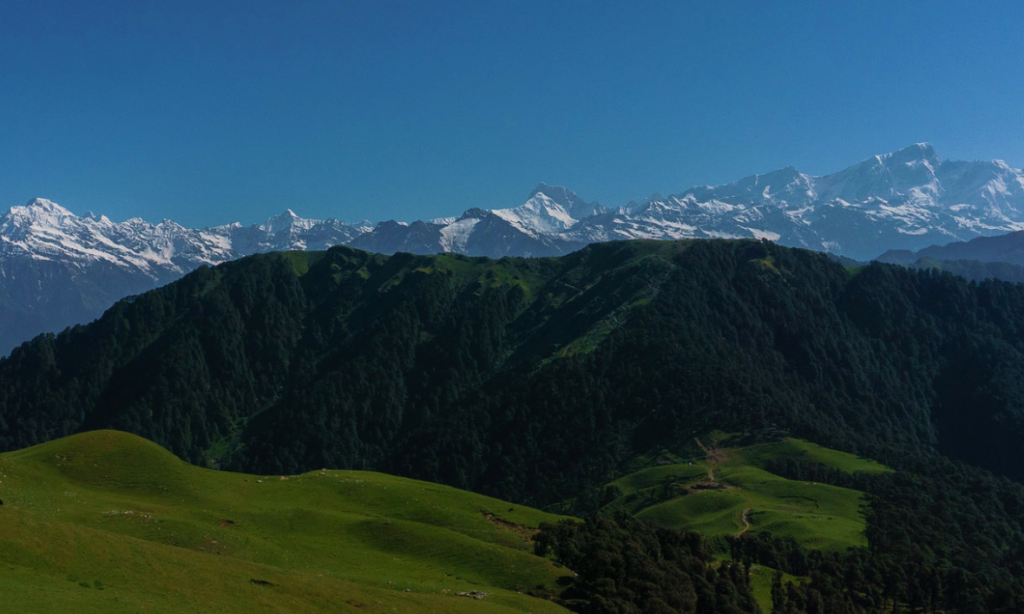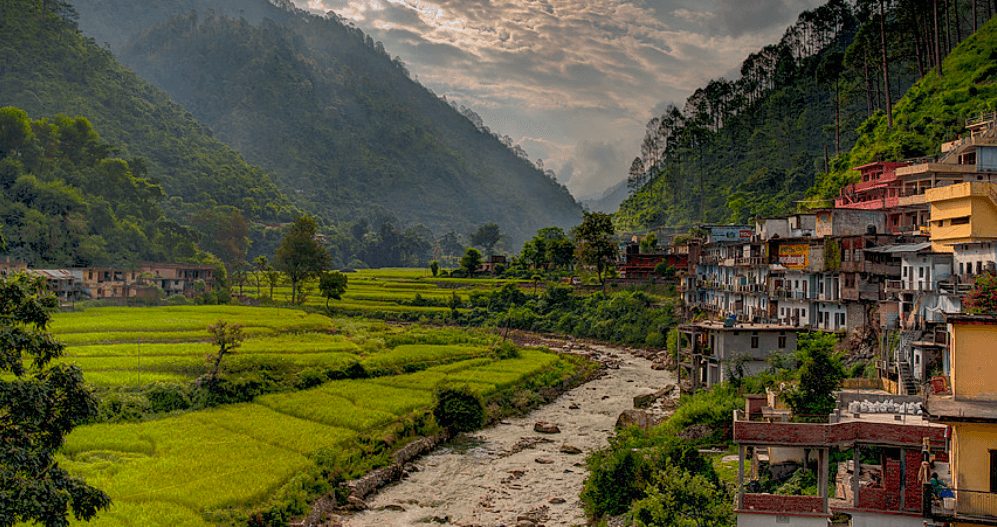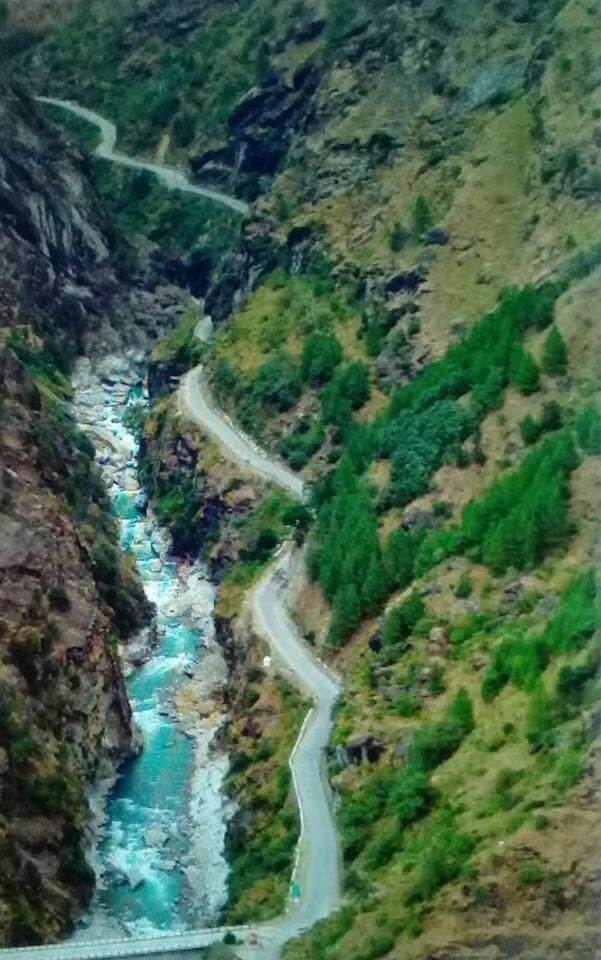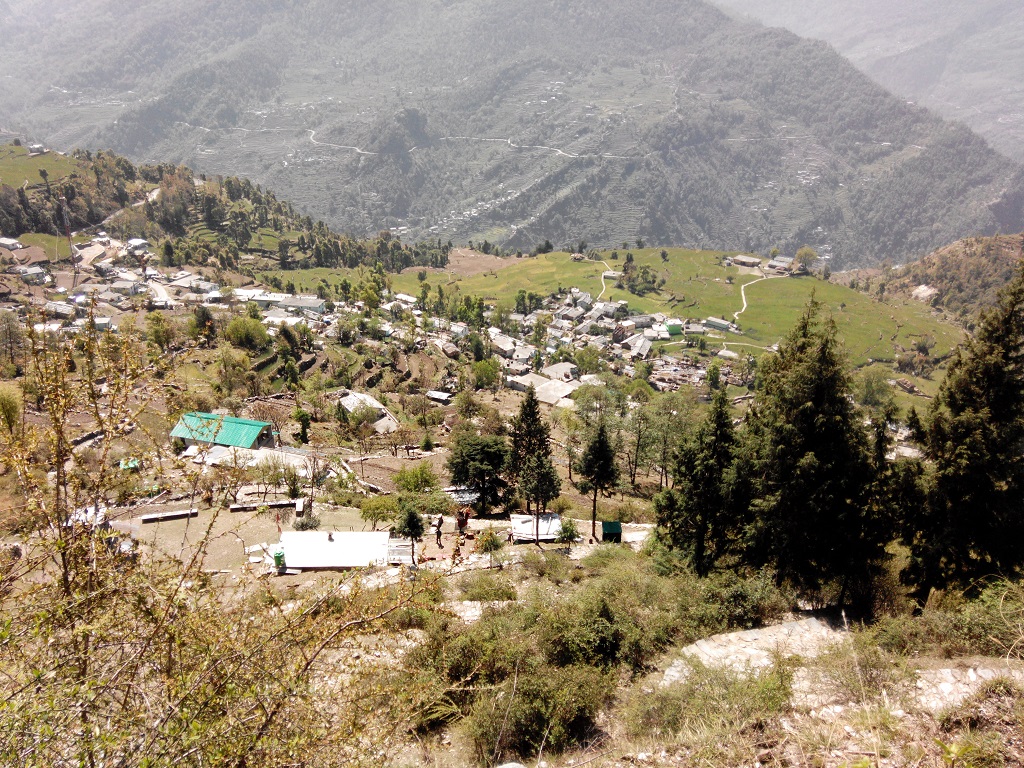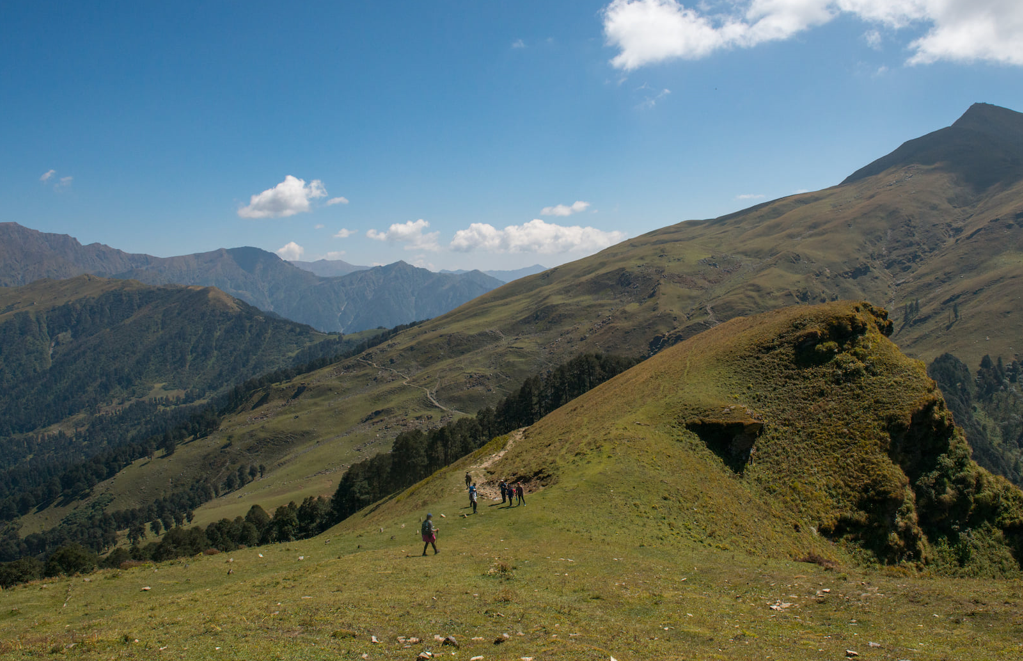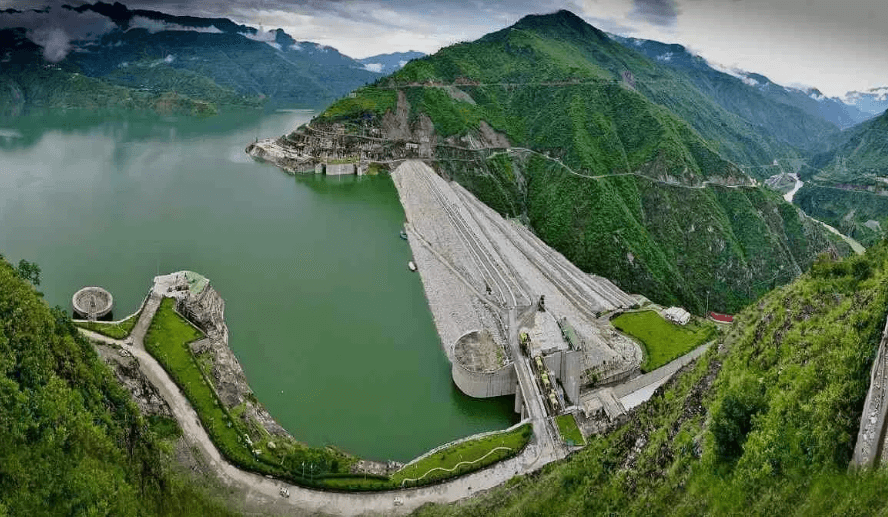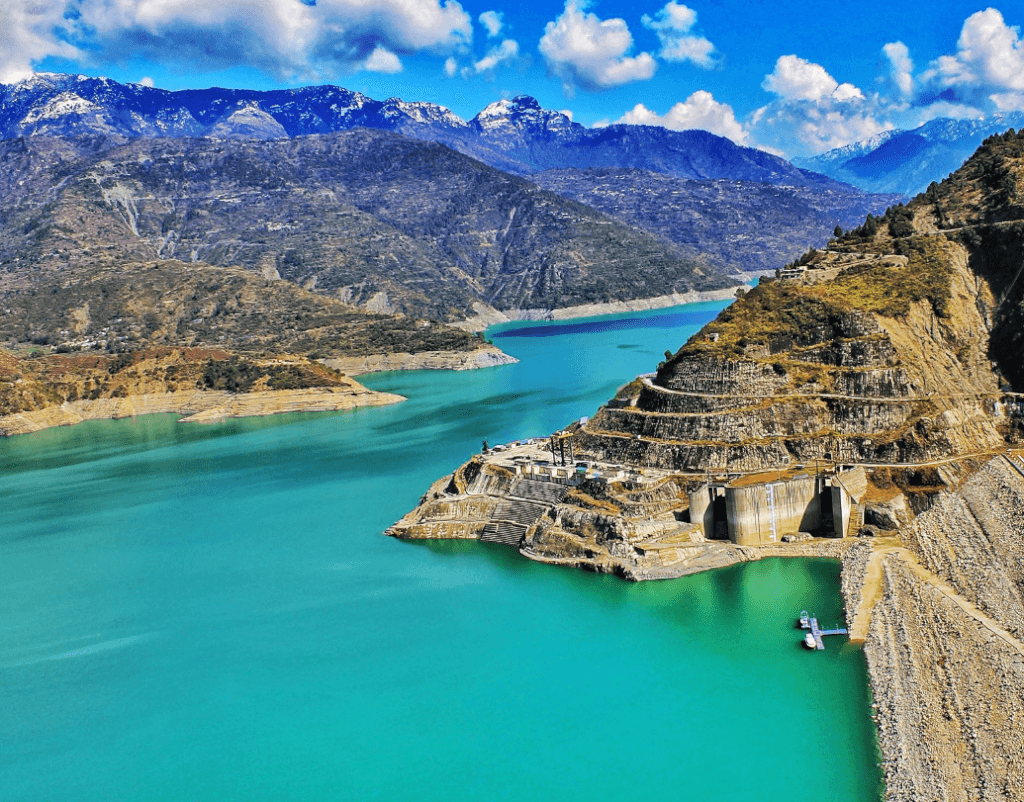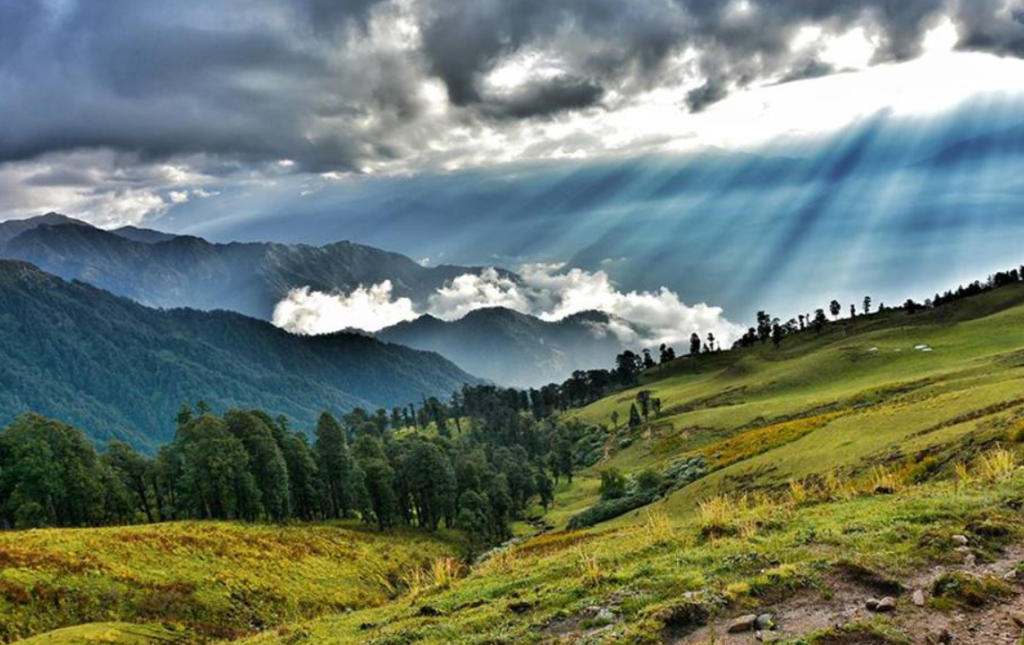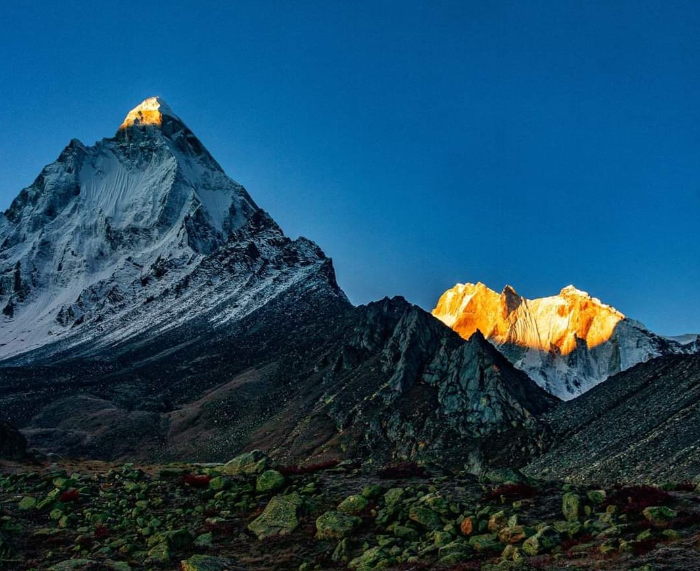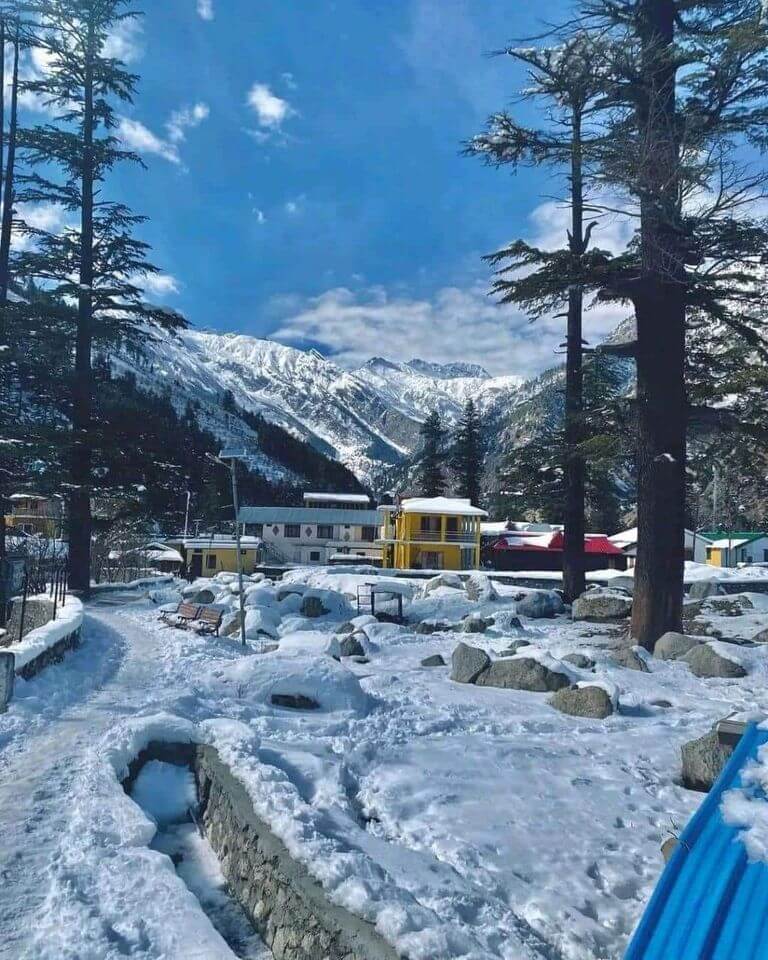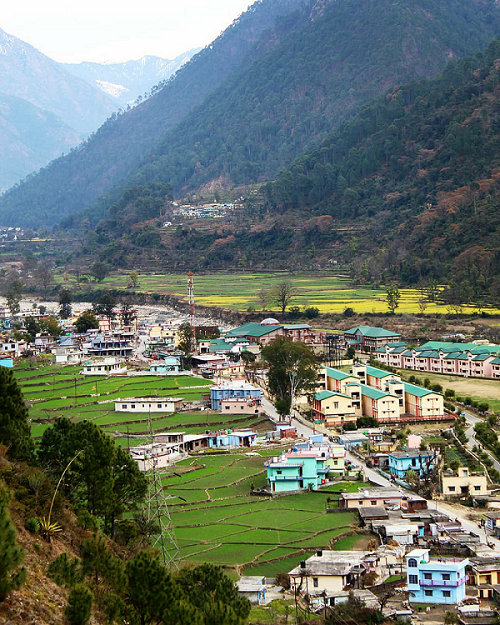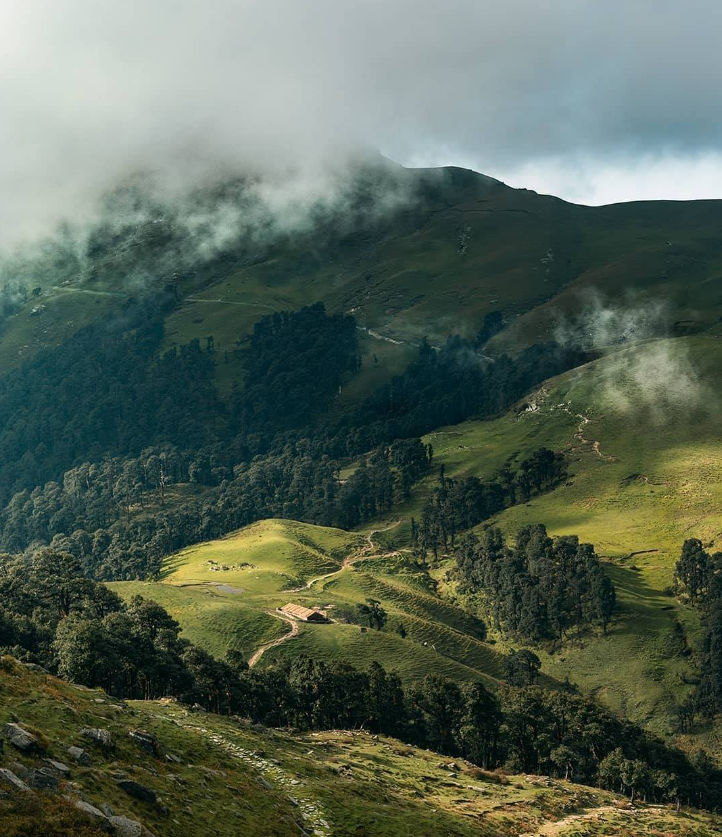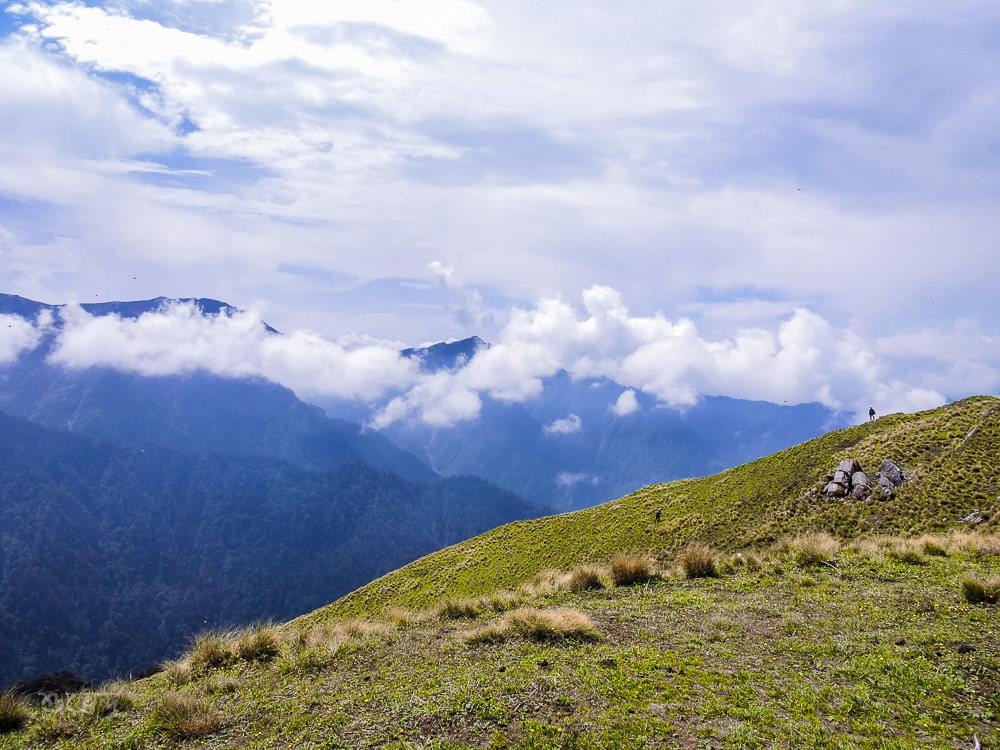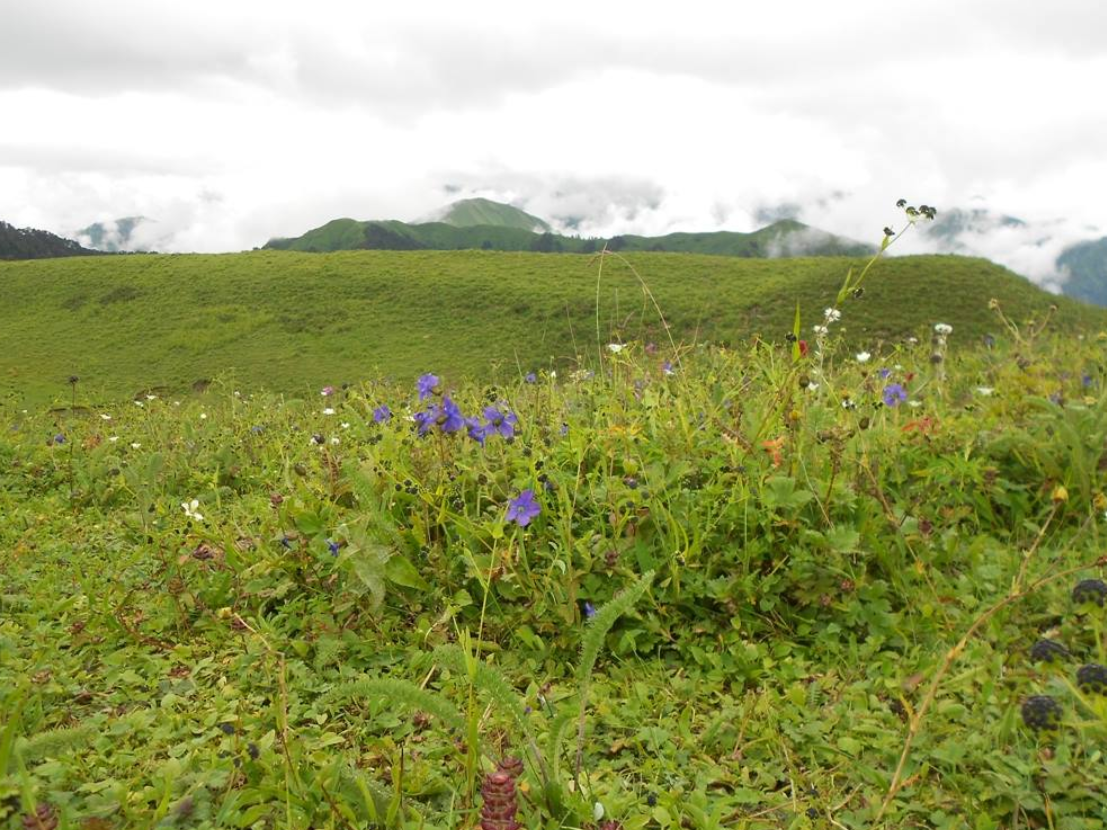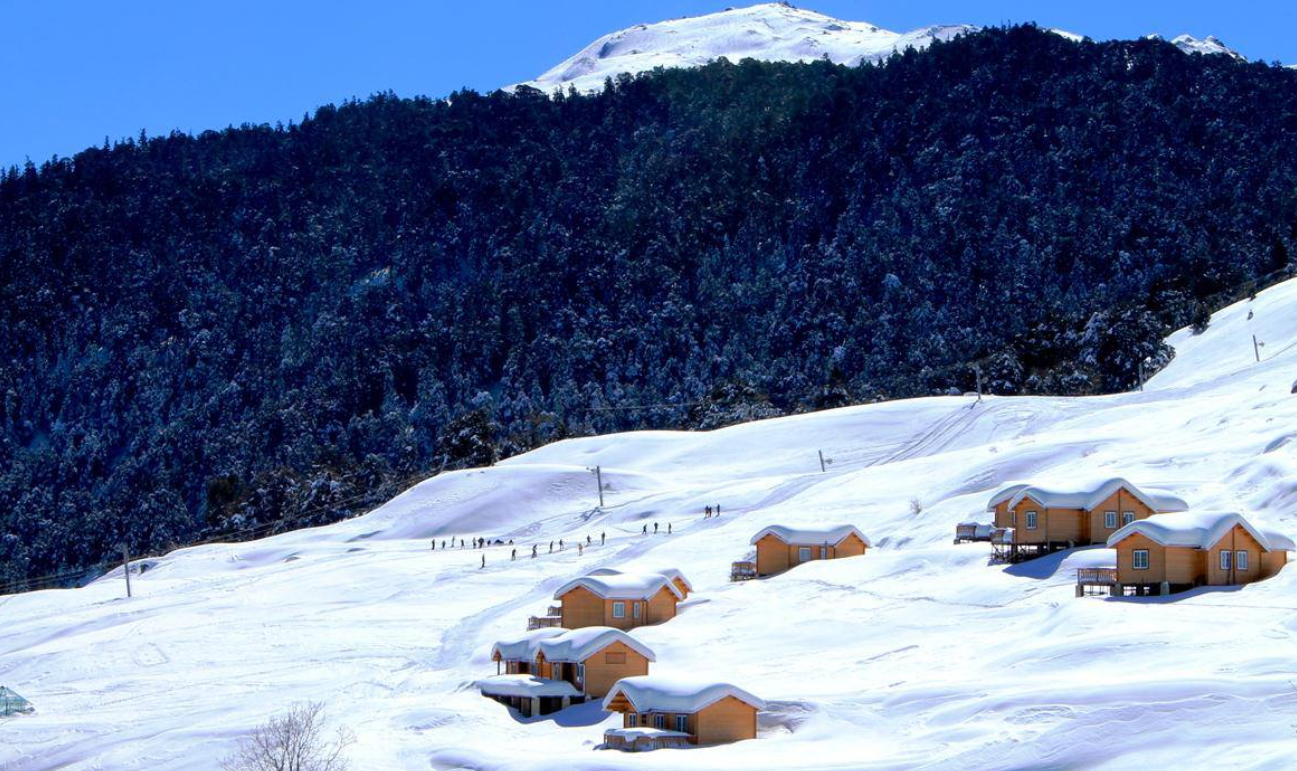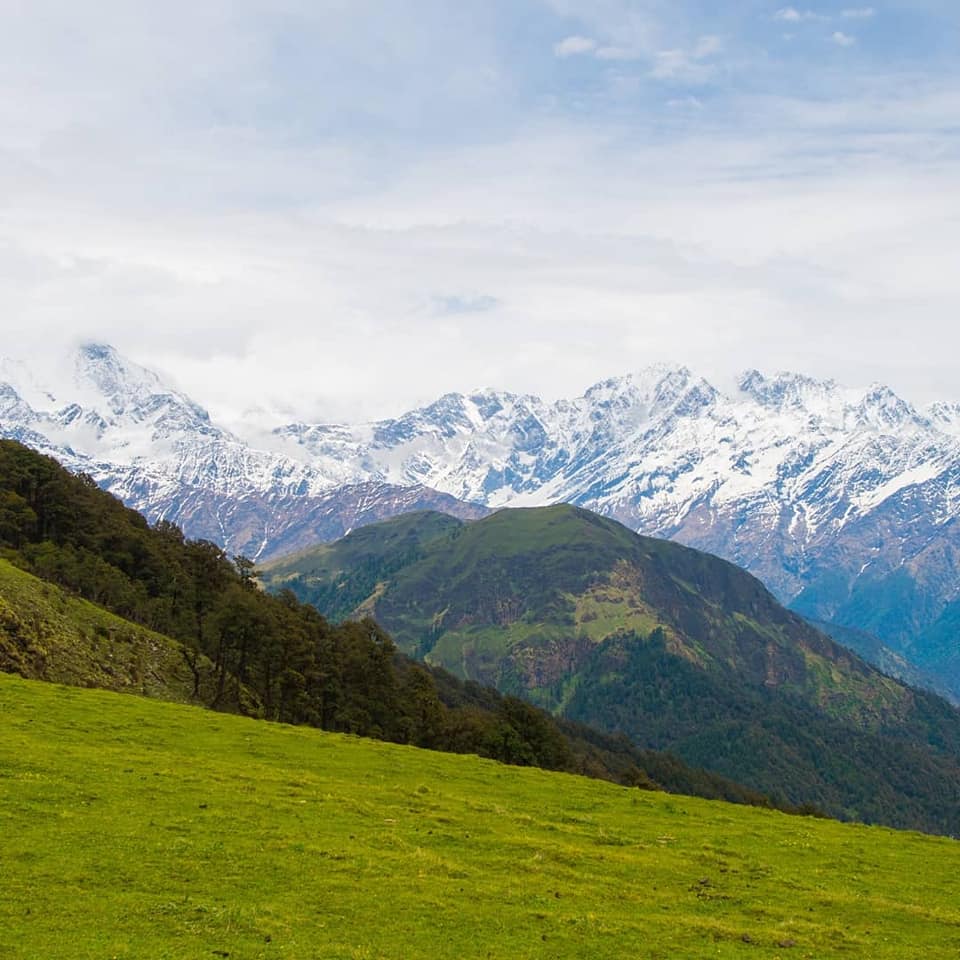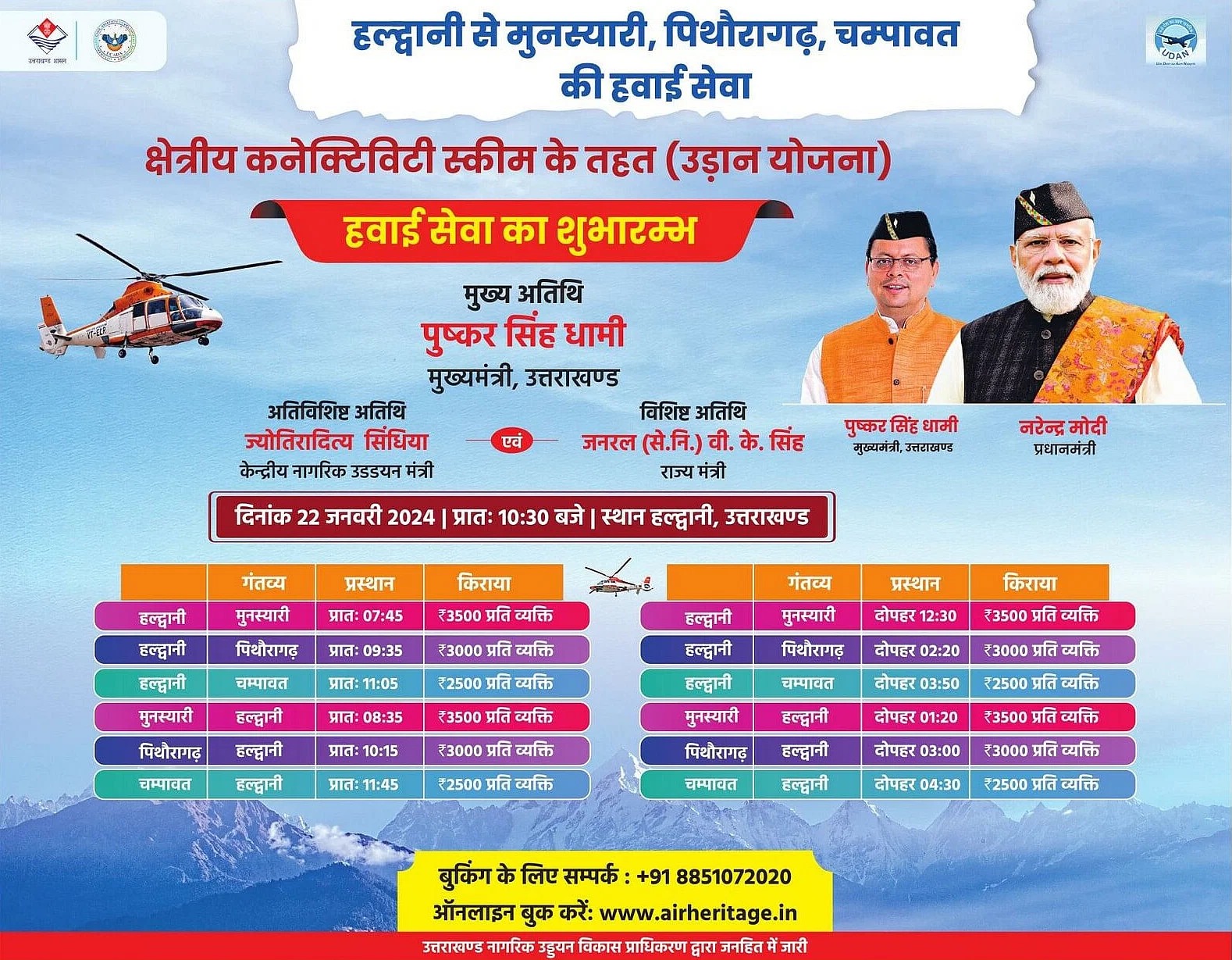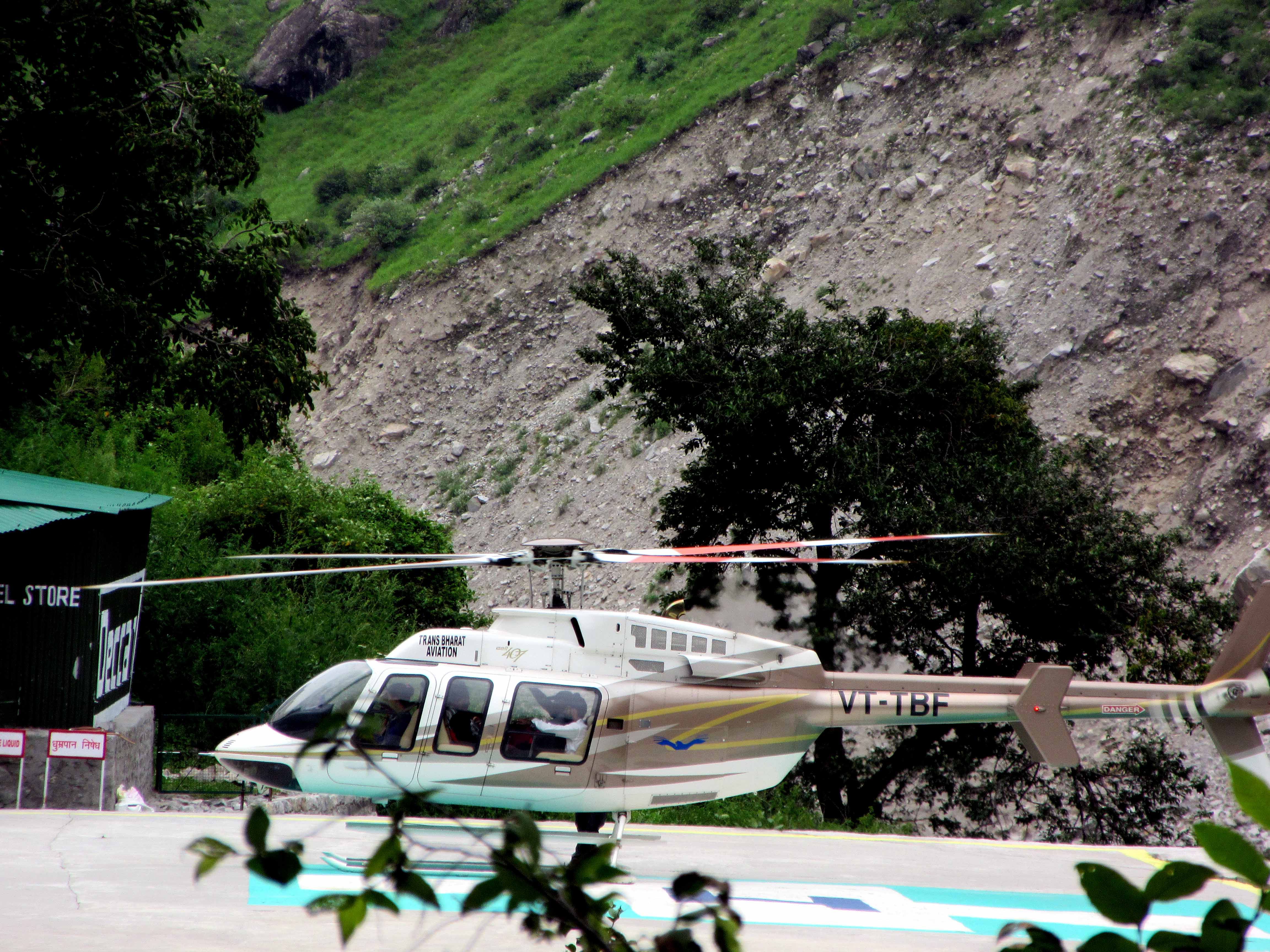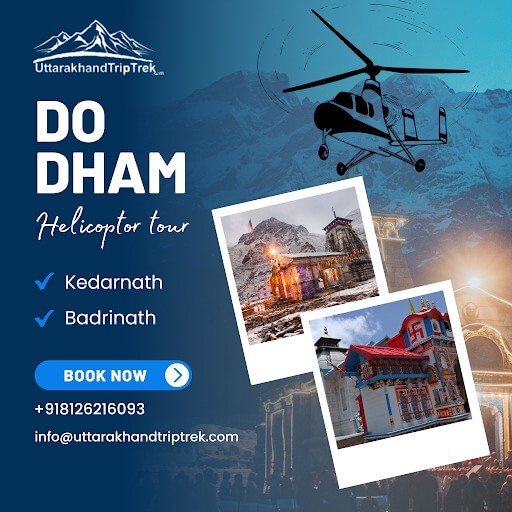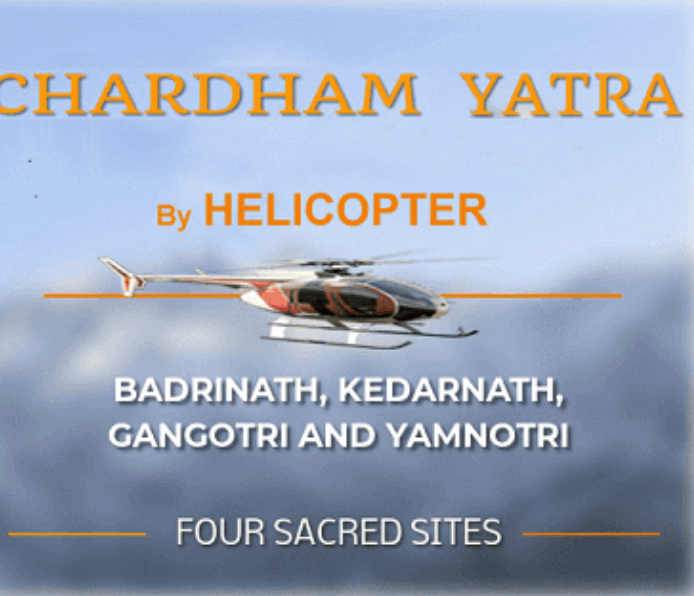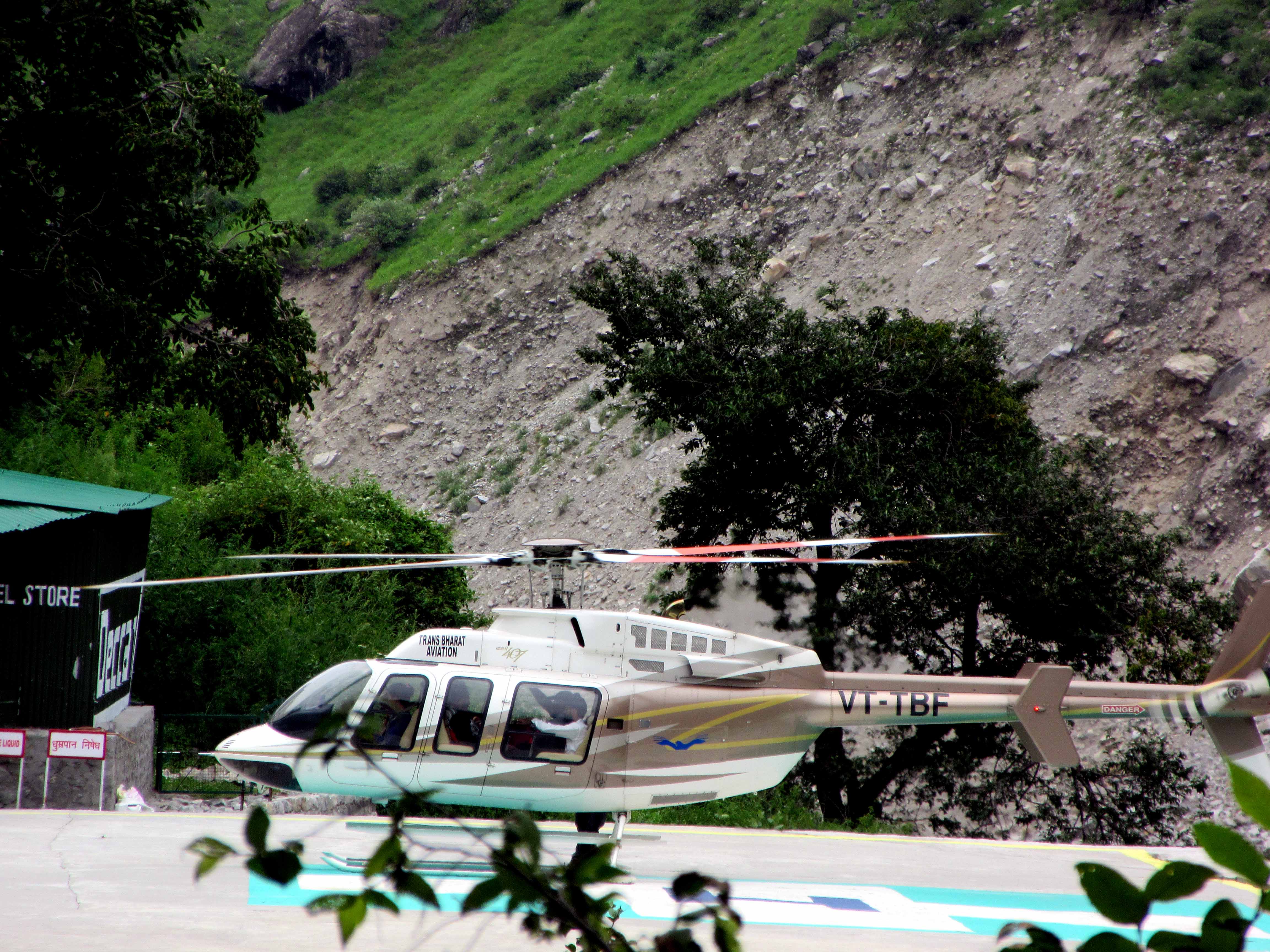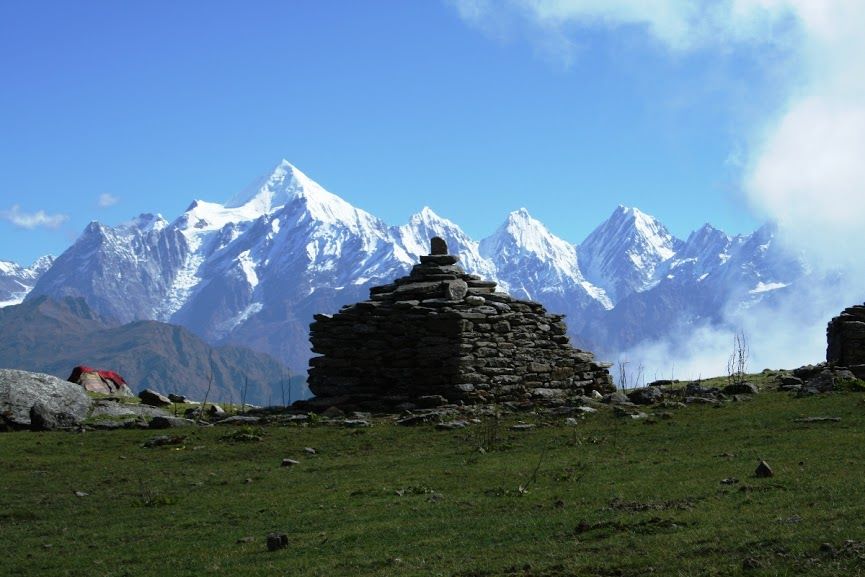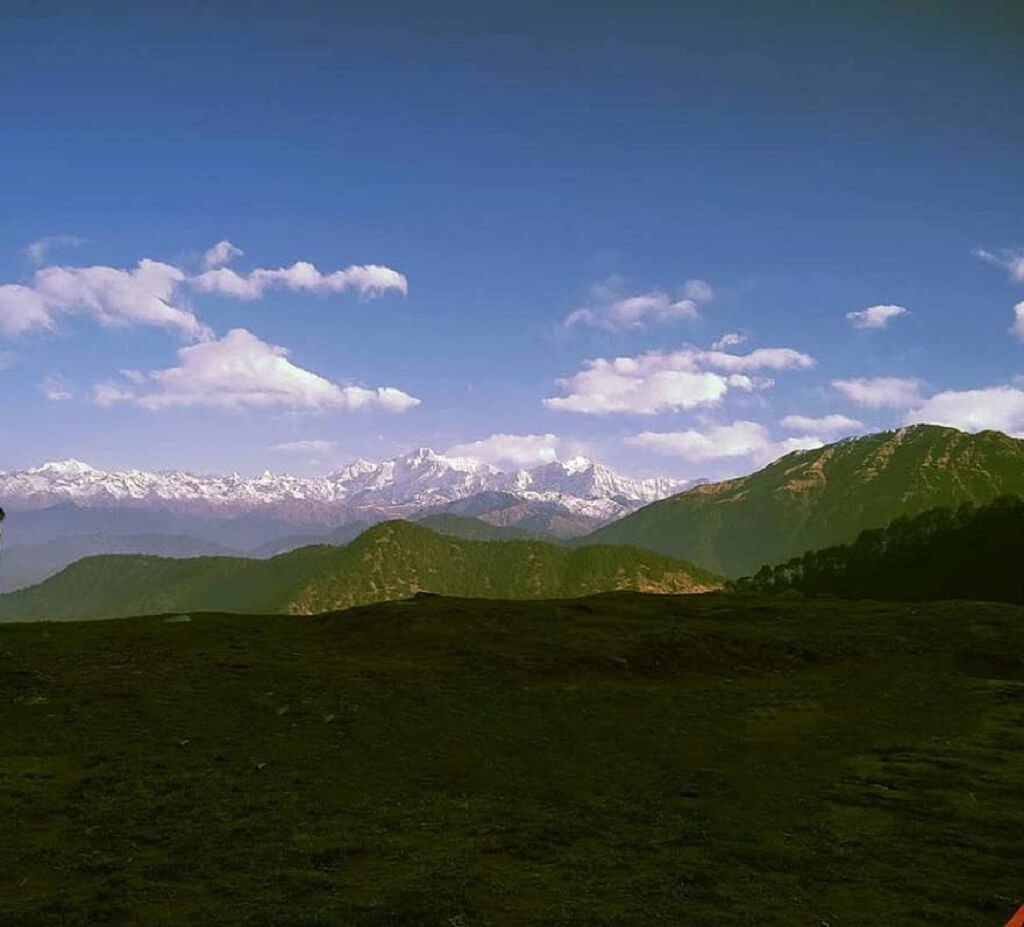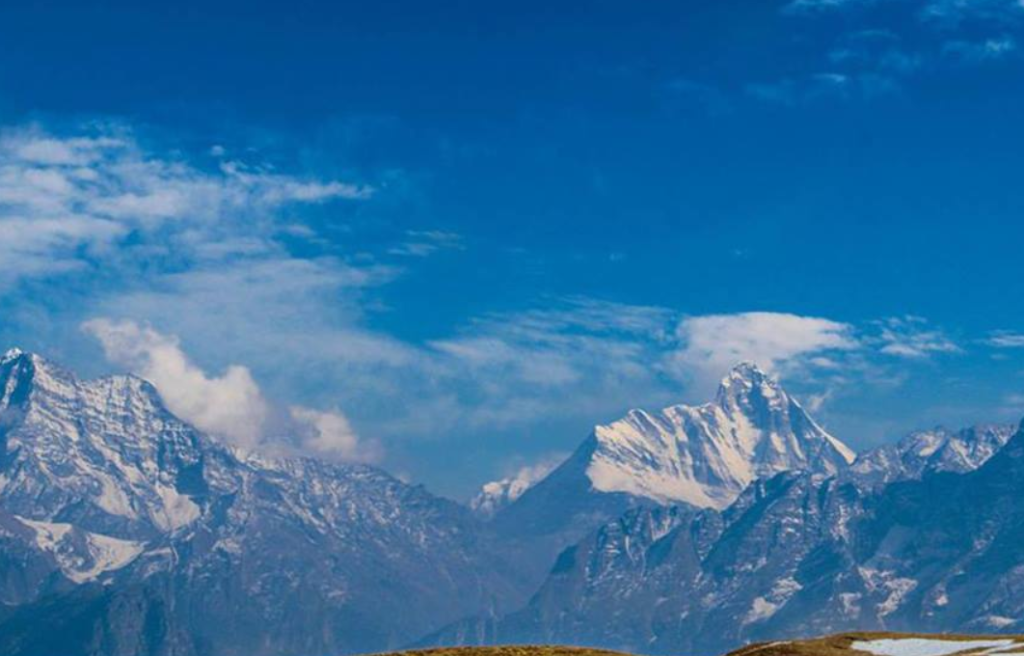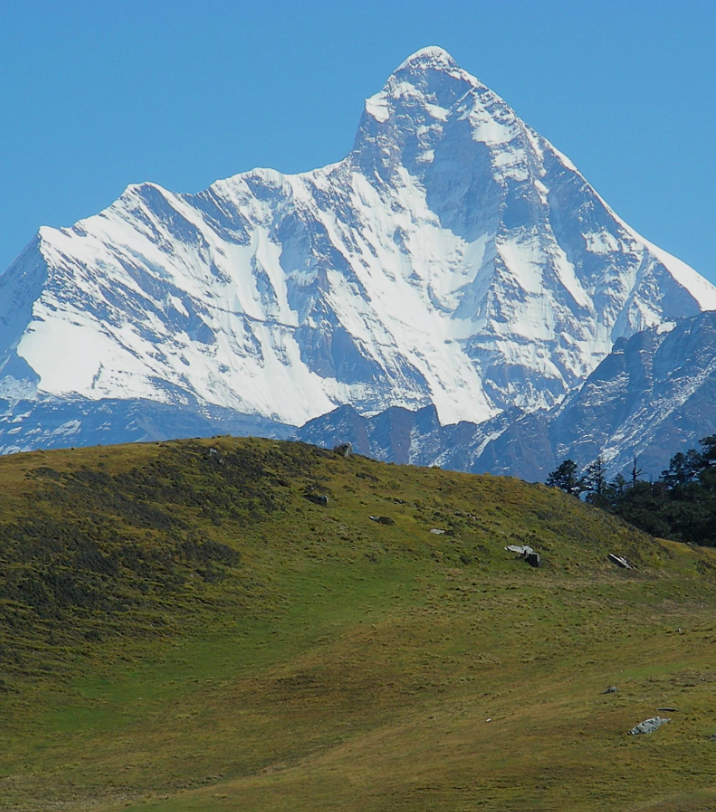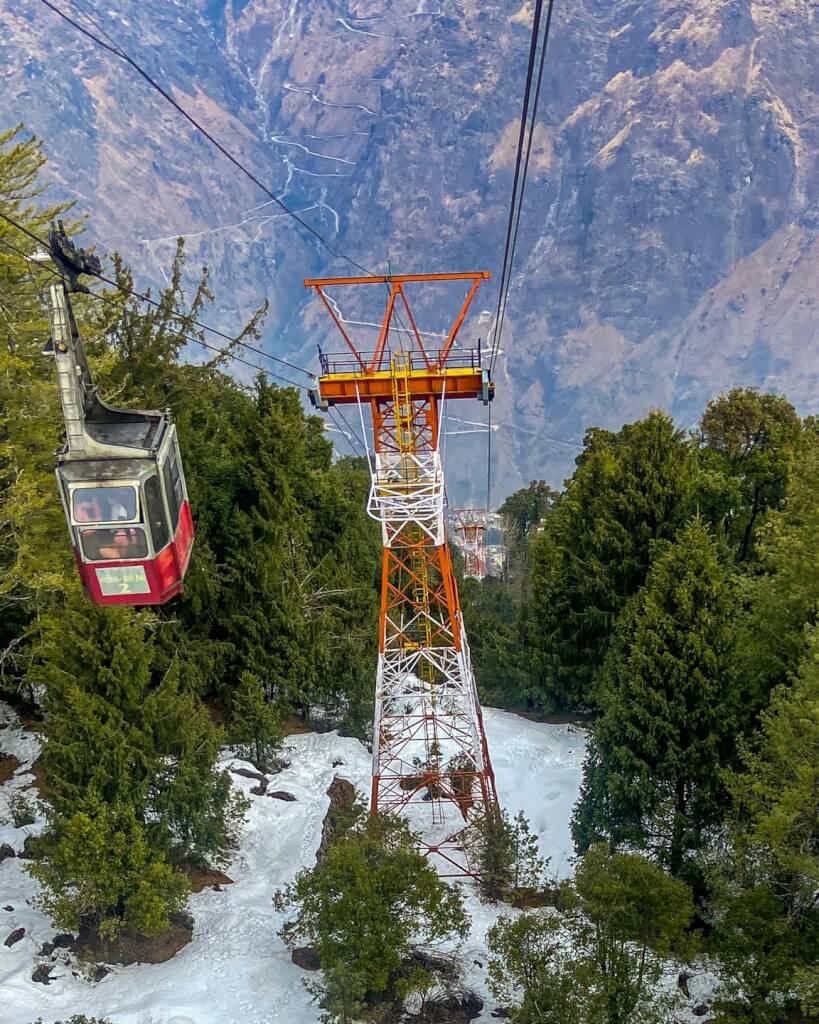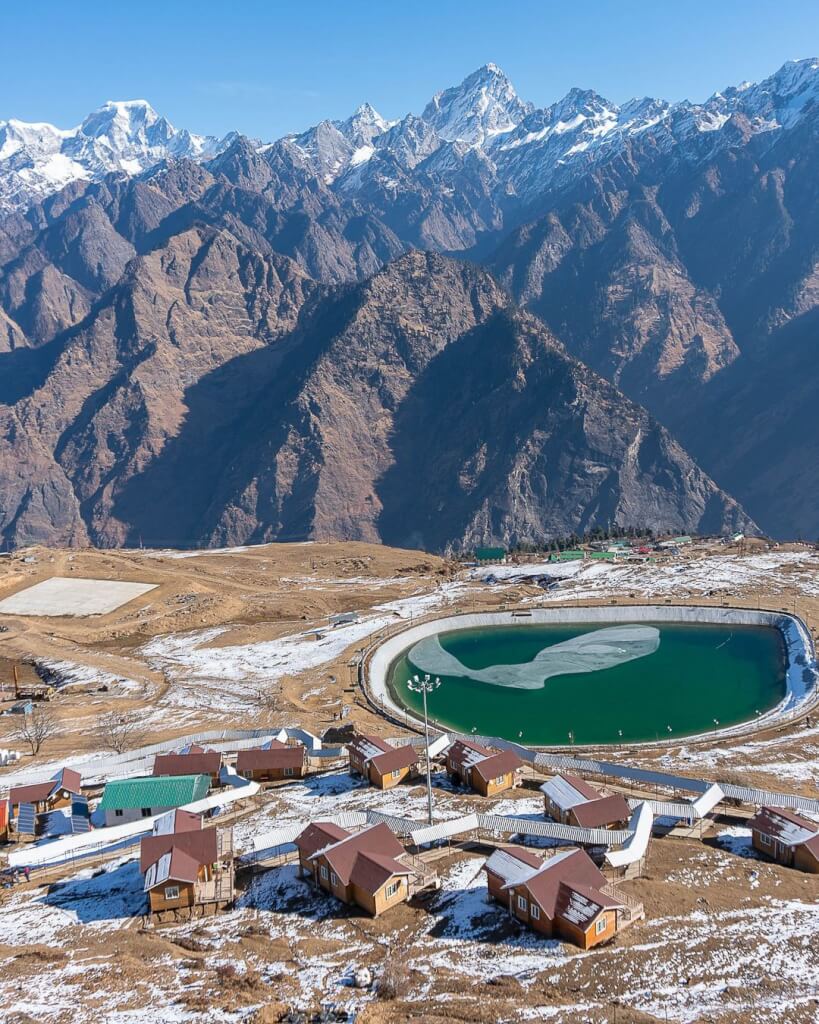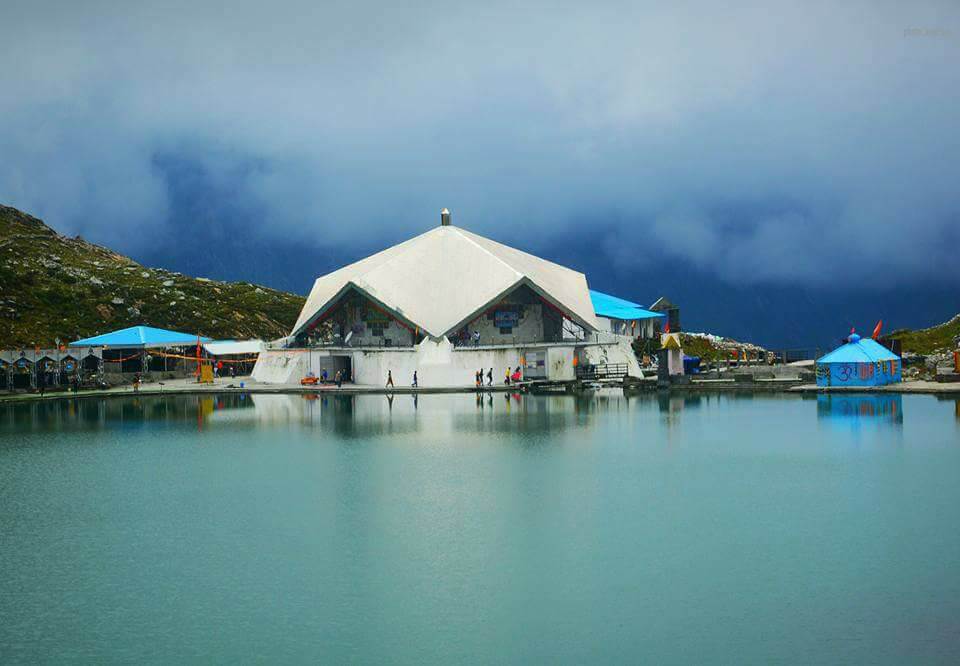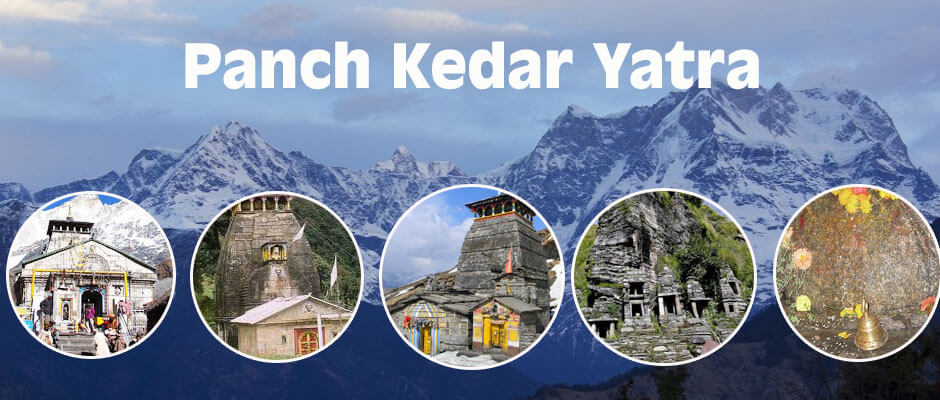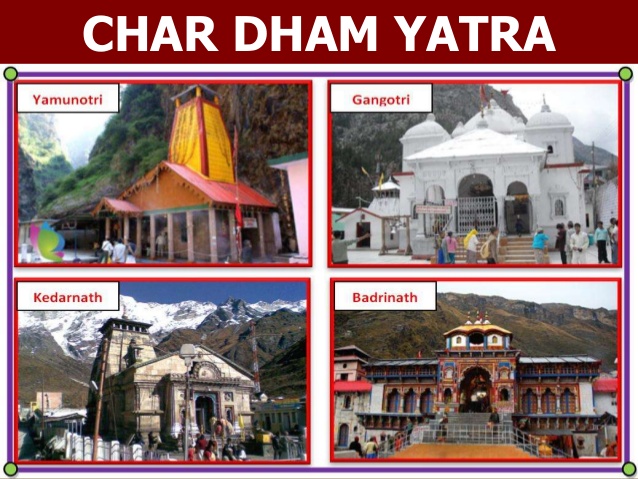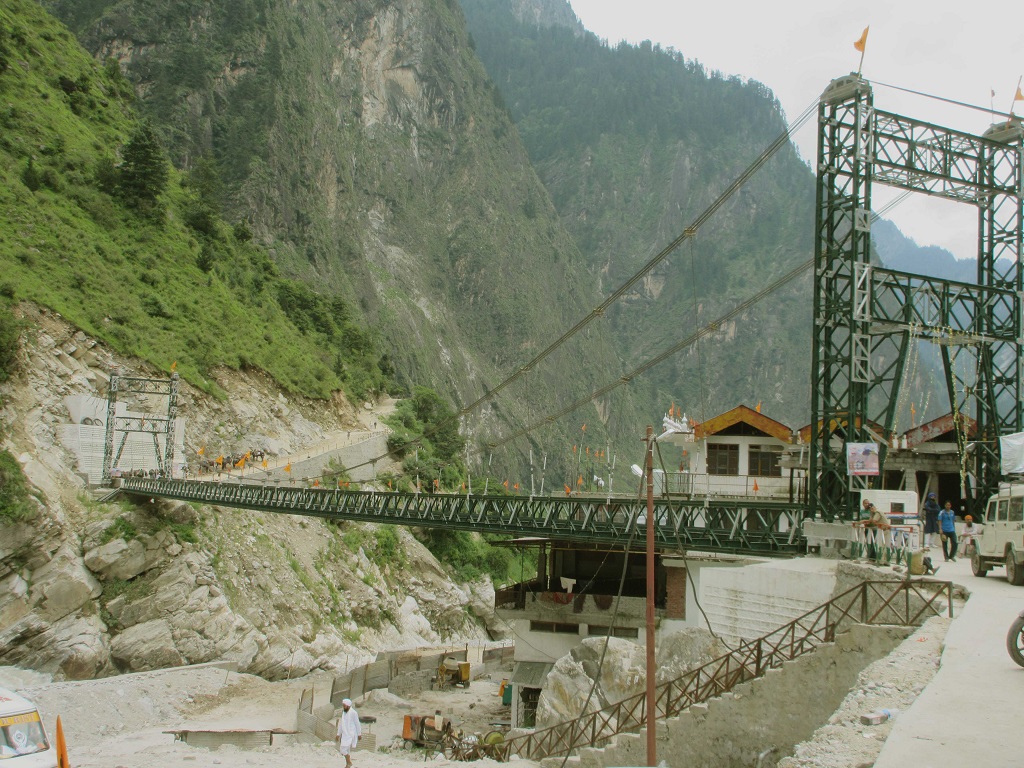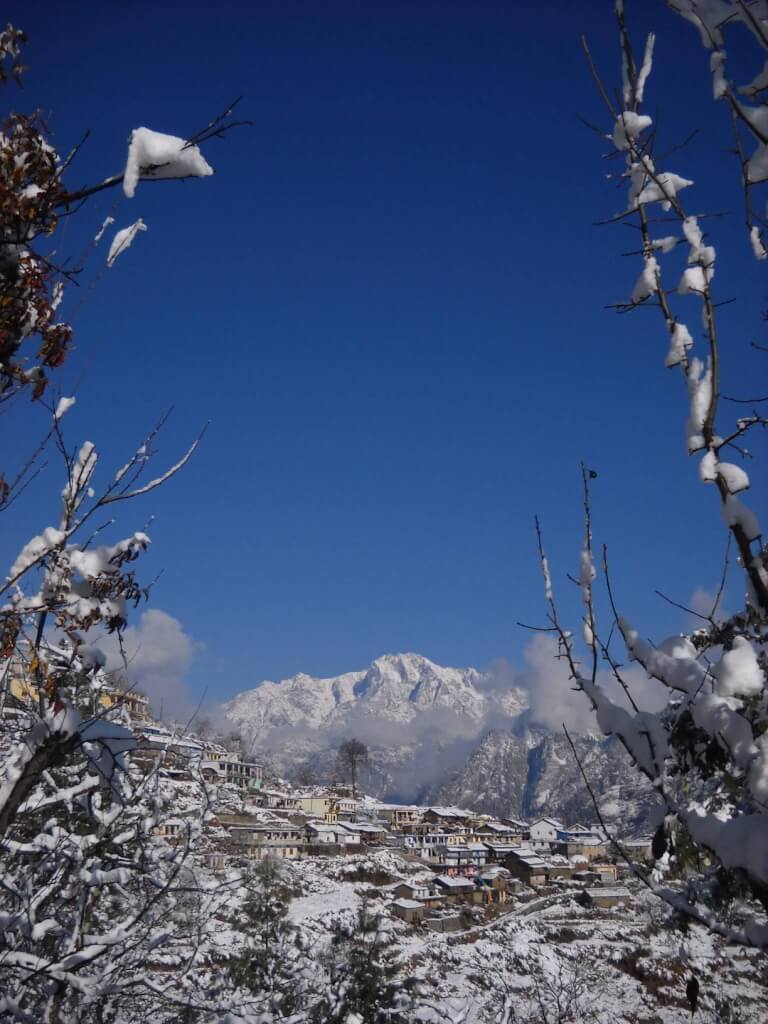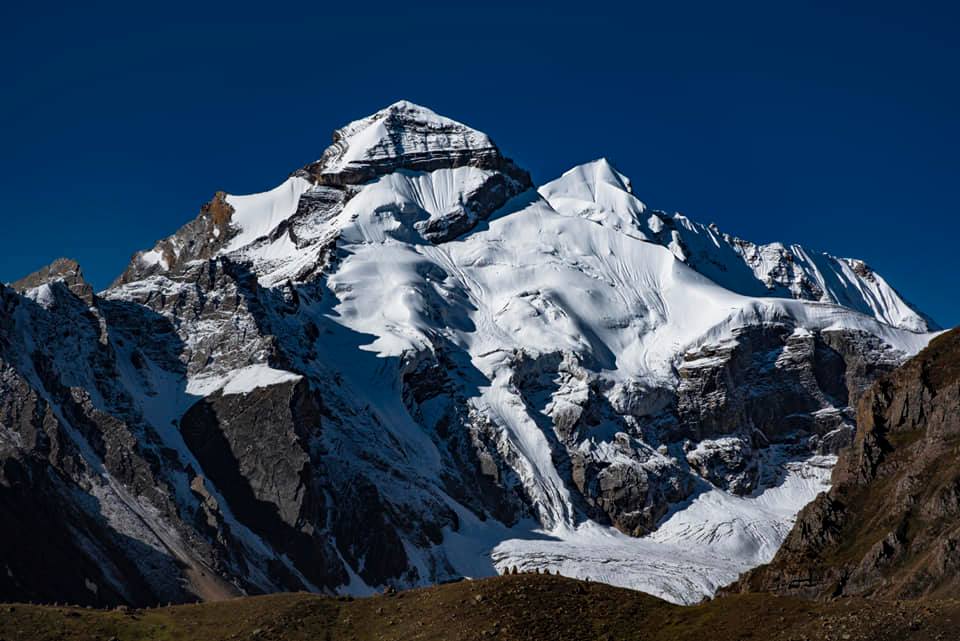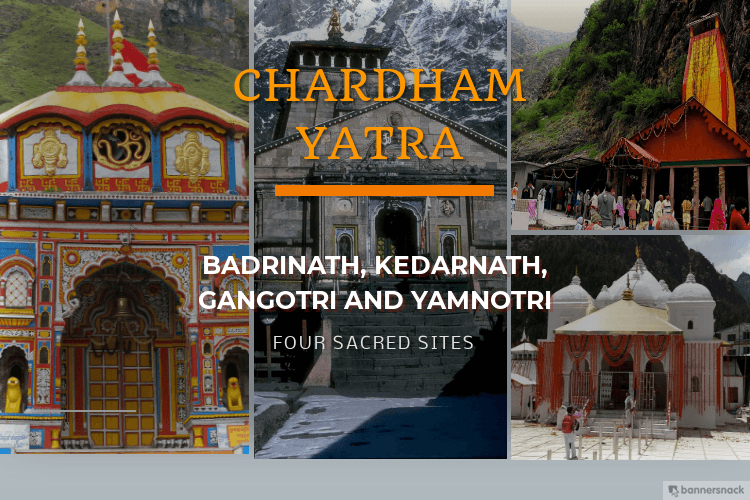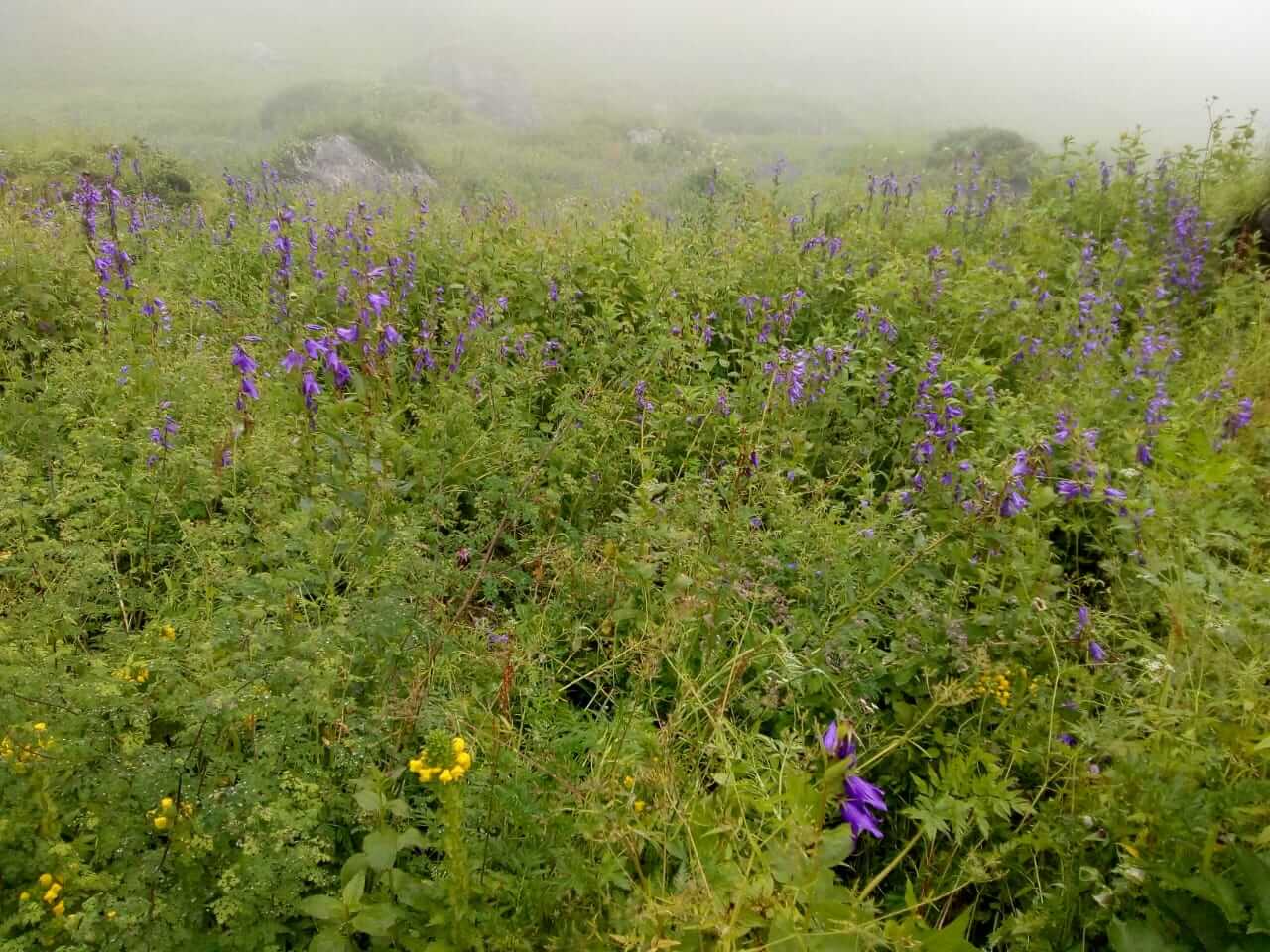The Alaknanda River is one of the two main headstreams of the Ganges River, the other being the Bhagirathi River. Originating from the confluence of the Satopanth and Bhagirath Kharak glaciers in the Garhwal Himalayas of Uttarakhand, India, the Alaknanda flows for about 190 kilometers before meeting the Bhagirathi River at Devprayag to form the Ganges
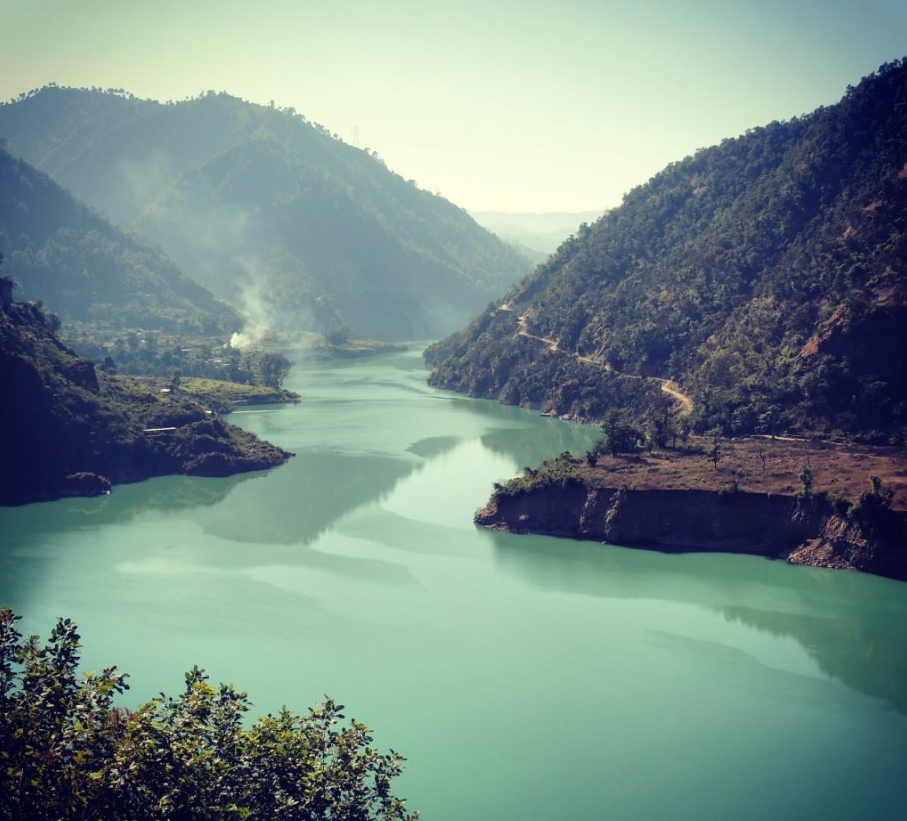
Alaknanda River significant cultural and religious importance
The Alaknanda River holds immense cultural and religious significance in India, particularly among followers of Hinduism. Here are some reasons why:
Source of the Ganges: The Alaknanda is one of the two headstreams that form the Ganges River, one of the holiest rivers in Hinduism. According to Hindu mythology, the Ganges is believed to have descended from heaven to earth, and thus, the Alaknanda is revered as its sacred origin.
Pilgrimage Sites: Along the banks of the Alaknanda are numerous important pilgrimage sites such as Badrinath, Hemkund Sahib, and Joshimath. These sites attract thousands of devotees and pilgrims annually, who come to seek spiritual blessings and perform rituals.
Char Dham Yatra: The Alaknanda River valley is a significant part of the Char Dham Yatra, a pilgrimage circuit that encompasses four sacred sites—Badrinath, Kedarnath, Gangotri, and Yamunotri. Pilgrims believe that embarking on this journey helps cleanse their sins and brings them closer to Moksha (liberation).
Mythological Connections: Several Hindu mythological stories and legends are associated with the Alaknanda River. Its waters are believed to be blessed by gods and goddesses, and the river itself is considered a divine entity.
Natural Beauty and Serenity: Apart from its religious significance, the Alaknanda River valley is known for its breathtaking natural beauty. Surrounded by the majestic Himalayas, the river and its surroundings offer a serene and tranquil environment, attracting not only pilgrims but also tourists and nature lovers.
Alaknanda River : A Tributary of river Ganga
The Alaknanda River is indeed one of the major tributaries of the Ganga River. It originates from the glaciers of the Himalayas in Uttarakhand, India, and flows through the scenic Alaknanda Valley, eventually merging with the Bhagirathi River at Devprayag to form the Ganga River. The Alaknanda is significant not only for its contribution to the Ganga’s flow but also for its religious and cultural importance in Hinduism, as it passes through several pilgrimage sites such as Badrinath and Vishnuprayag.
Rivers In Uttarakhand
How To Reach Sankri
Sankri is a picturesque village located in the Uttarkashi district of the Indian state of Uttarakhand. It serves as a…
Tons River
The Tons River, also known as the Tamsa River, is one of the important tributaries of the Yamuna River in…
Ramganga River
The Ramganga River is a significant watercourse in northern India, primarily flowing through the state of Uttarakhand. It originates from…
Bhagirathi River
The Bhagirathi River is one of the main tributaries of the Ganges River, which holds immense cultural, religious, and ecological…
Yamuna River
The Yamuna River holds immense cultural, historical, and ecological significance in India. It is one of the major rivers of…
Ganga River
The Ganga River, also known as the Ganges, holds immense cultural, spiritual, and economic significance in India. It originates from…
Saraswati River
The Saraswati River, named for the Wisdom Goddess, originates in Uttarakhand and is a tributary of the Alaknanda River. At…

